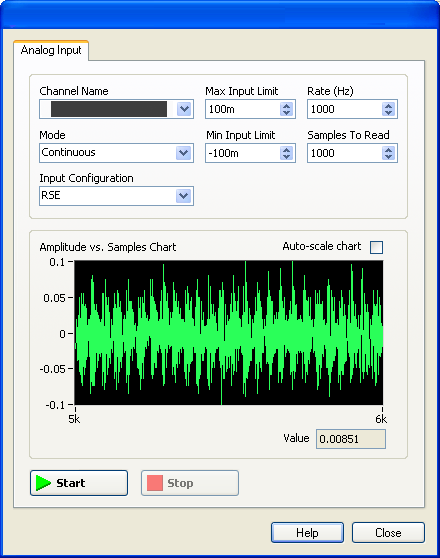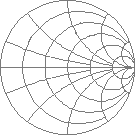"The key to accurate measurement is just controlling your environment"
Measurement Techniques
Some of the pages below were corrupted. I'm in process of
repairing them. Please be
patient.
Switching or Linear Power Supplies - which is
better?
EMI Made Easy (kind-of)
Measurement Error - Floating Neutrals
LabVIEW Floating Neutral Measurement
CV vs. QSCV
Network Parameter Conversions
ESD
Diode Modeling
Deembedding
Short-Wave Infrared (SWIR) - Defect Detection
Time Domain Reflectometry
Dark Current Measurement
Other Stuff
Spreadsheets or Databases
Atmel WINC15000 - IoT Network Controller
Control Systems - Feedback
Modbus RTU
TCP vs UDP
With
Filenames, Length Matters
ASIC vs FPGA
Embedded PWM Driver
Face Detection using OpenCV
Wafer Map Utility
USB Demo (FTDI)
360 Degree GoPro
Wall Packs
Drone Building (the stuff no one tells
you)
Analog at its Best (the Seeburg V200 Jukebox)
Measurement Tips
 It's
Not Always What You Think
It's
Not Always What You Think
So you go out and purchase a precision 12 bit DAQ module for an automated measurement of a circuit which has an output of +/- 10 volts. You shield your wiring, ground your equipment, and even put line conditioners on your power strips. But with all of this, your zero state measurement is 0.2v peak-to-peak. Even grounding the input of the DAQ shows 40 bits of resolution is lost to noise. So where is it coming from?
The specifications for the DAQ show it to have more than enough bandwidth and resolution for the measurement. However, no one at the manufacturer probably thought of checking the module with the actual supplied wall-pack. The cheap switching regulator wall pack was producing the noise. Looking at an FFT of the output showed 60Hz and harmonics bleeding through. Measurement tip: Always establish a baseline measurement before attaching the circuit in test.
Gotchas
Zero Volts Doesn't Always Mean Ground
Using one power supply or SMU (Source Monitor
Unit) for a Source and another for Ground usually works but it depends on
what you're measuring. If you were measuring the current through a
resistor or diode and the levels were in mA or uA ranges you'd probably be
fine. However, if your desired range was in pA or fA you would have a
big problem. Remember, a power supply at 0V is actually 0V +/- some
uncertainty (offset). A good supply would be in the 30-40uV range.
What makes it worse is the same uncertainty is built into the Source supply
and it doesn't mean the offsets would move the same direction. If you
were sweeping the Source near this level your measurement would be
garbage. Better to use a regulated ground (GNDU) if available or actual
Ground if noise levels permit.


